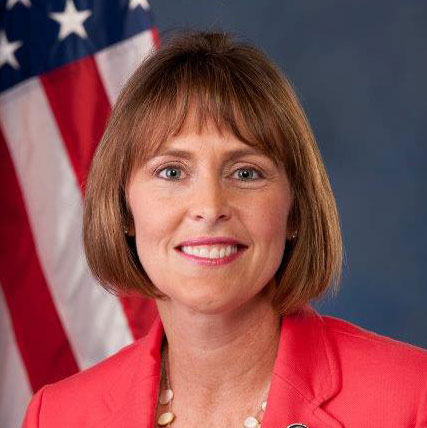Press Release
31st Annual "Trouble in Toyland" Survey Spotlights Recalled Toys
Tampa/St. Petersburg,
November 22, 2016
As shoppers set out to buy holiday gifts, colorful toys will catch the eye of children and adults. However, some toys can have hidden dangers, exposing children to dangerous chemicals or injury-causing hazards.
This news release was issued by Johns Hopkins All Children's Hospital At a November 22 toy safety press conference at Johns Hopkins All Children’s Hospital, U.S. Representative Kathy Castor urged families to pay close attention to information available online to guide them in choosing safe toys this holiday season. Held at Johns Hopkins All Children’s, the event highlighted Trouble in Toyland: the 31st Annual Survey of Toy Safety by the Florida PIRG (Public Interest Research Group) Education Fund. The survey has resulted in more than 150 recalls and regulatory actions during its more than 30 years. “Toys continue to be a challenge on a daily basis,” said Dr. Wassam Rahman, a pediatric emergency medicine physician at Johns Hopkins All Children’s Hospital, during the event. Even with labeling requirements and structurally safer toys, the reality is that some 200,000 children are treated every year in hospital emergency departments for toy-related injuries. With so many toys available, consumers should remain alert as they browse shops and the internet for hazardous recalled toys that may still be available for purchase. "Playing it safe with a quick and easy check to recalls.gov will help keep families safe and our smallest consumers out of the emergency rooms this holiday season and year-round. Last year there were 254,200 toy-related injuries treated in U.S. hospital emergency departments," said U.S. Rep. Kathy Castor (FL14). "The number of recalled toys has decreased dramatically since the landmark Consumer Product Safety Improvement Act was passed in 2008, but toy purchases have expanded beyond the shelves of traditional stores to online communities of sales and exchanges, where parents, grandparents and other caregivers should remain vigilant about hazardous toys." As more consumers shift to online shopping, Trouble in Toyland has shifted its focus to look at previously recalled toys that may still be available for purchase through Internet retailers or that families may already have at home. The latest survey, now available on the Florida PIRG site, looks at toys recalled from January 2015 to October 2016 and investigates if these toys are still available for purchase online. Of the 44 items detailed in the report, 8 items were still able to be obtained from online retailers.
While it is easy to track down consumers who purchased items such as automobiles and car seats when they are recalled, many caregivers may not know if a toy they own or are considering purchasing has been recalled unless they are diligently checking websites such as the U.S. Consumer Product Safety Commission (CPSC) website. It takes the combined effort of advocates, legislators and parents/caregivers to ensure that playtime is safe for all children. Consumers can use these resources to search for and report unsafe toys:
|

